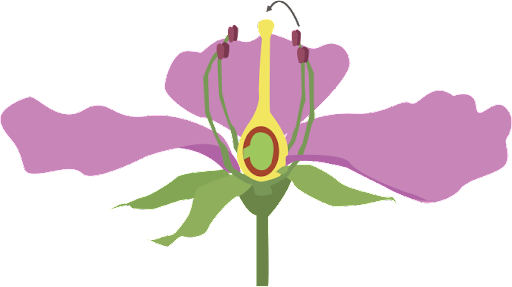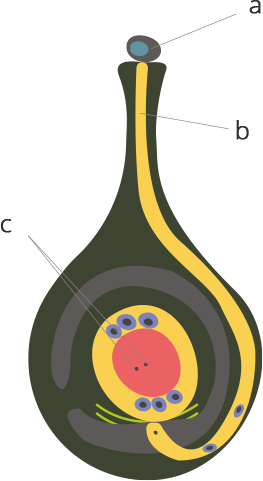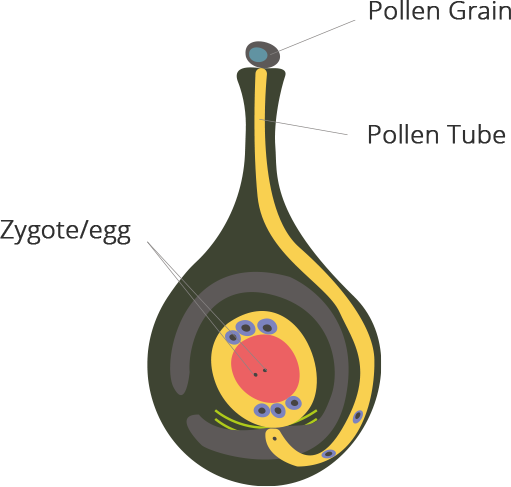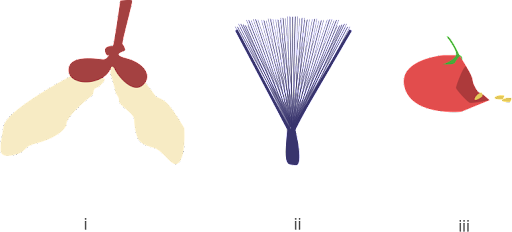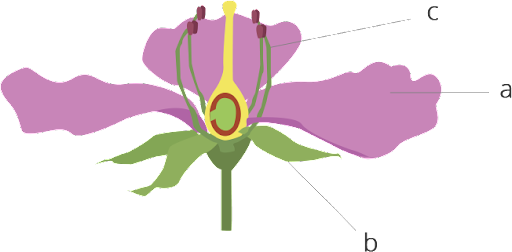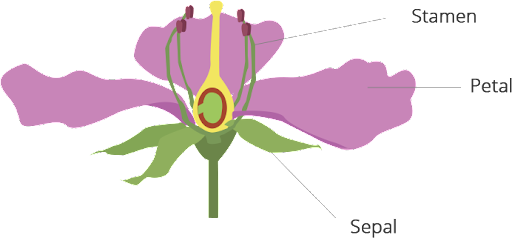Class 7 Science NCERT Exemplar Solutions Chapter 12 Reproduction in Plants
FAQs on NCERT Exemplar for Class 7 Science Solutions Chapter 12 Reproduction in Plants
1. What are the benefits of studying NCERT Chapter 12 Class 7 from Vedantu?
Vedantu offers a wide array of ways to make sure that students understand the subject and chapter wisely. Vedantu helps by providing all NCERT solutions of all chapters carefully framed by skilled teachers. It also provides lectures on different topics of the chapter so that students can remember better through visuals and sounds. We at Vedantu make sure to use different techniques and gather information from all parts of the chapter so that a student can score their goal marks.
2. What are the advantages of referring to the NCERT book for Class 7 science?
There are solved examples after all the topics that solidify the idea of a chapter for the students. There are a number of practice exercises in NCERT books that helps the student re-evaluate himself. The books are simple and to follow. NCERT textbooks strictly adhere to the CBSE syllabus. Every NCERT book has a chapter summary in the end that helps during revision. NCERT books are written in a very simple language which helps students of all intellectual levels understand the chapters more easily.
3. What are the different exercises one gets to learn from NCERT Class 7 book?
NCERT books follow the CBSE question pattern which includes a varied question. Sticking to NCERT books helps you in scoring good marks in future CBSE board examinations as the NCERT question patterns are the same as of is with boards. First of all, it has different activities that students can perform with the help of teachers or parents. The exercise panel consists of Fill in the Blanks, Matching, MCQs, short questions, long questions etc; that prepares a student for any upcoming exams, even future competitive exams too.
4. What is the importance of studying the chapter Reproduction in Plants?
Reproduction is one of the most important features of plants because that is how they produce their progeny and maintain their population. The plant helps to maintain its birth rate and sustain the ecosystem through its reproduction. Reproduction also helps to obtain new variations and adapt to the changing environment with the most desirable characters. The lesson helps you to understand how Flowers of plants have reproductive parts and it helps in the process of reproducing, and you too study the importance of different asexual propagations.
5. What activities are there in NCERT Class 7 Chapter 12 Reproduction in Plants?
The activities included in the NCERT book for Class 7 Chapter 12 shows vegetative propagation through the methods of stem cutting, Sprouting in potatoes and ginger. Sprouting in Bryophyllum leaf plants as well. We can see the formation of budding through yeast cake and yeast powder. All these exercises help the students to understand the process of asexual reproduction in a better way. Also, these activities in NCERT will help you correspond your knowledge of the chapter with the real world.
























